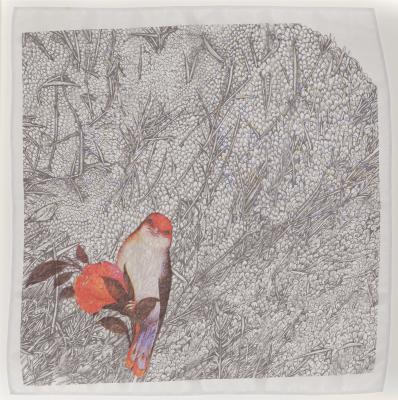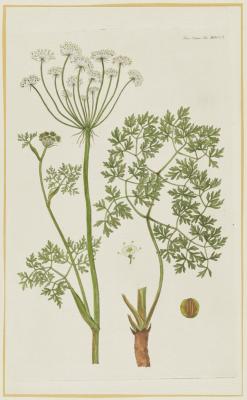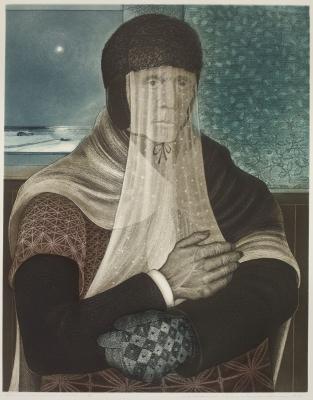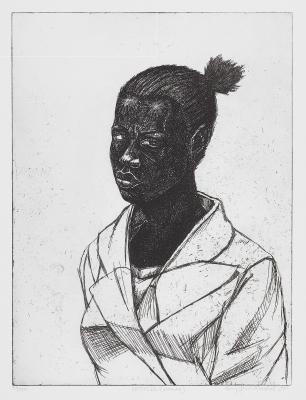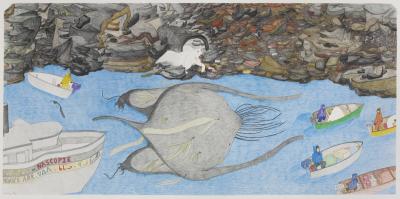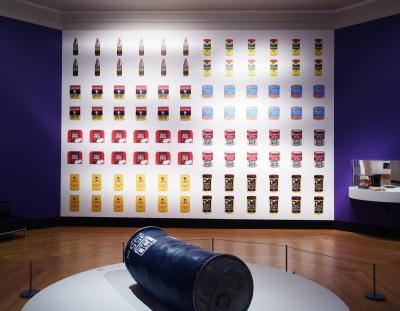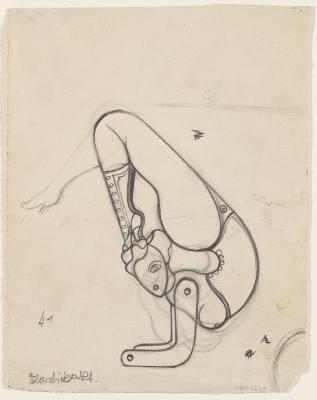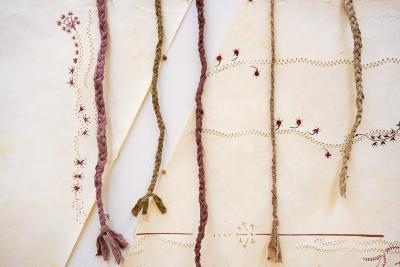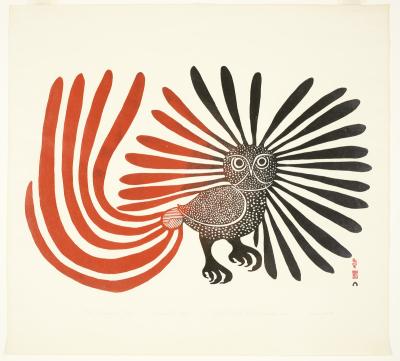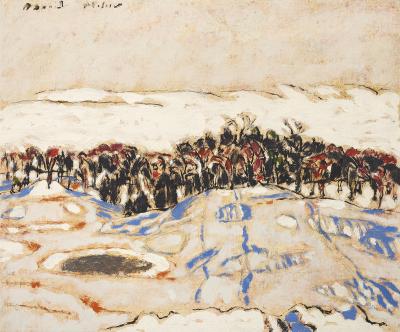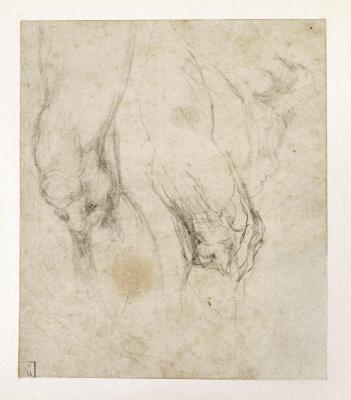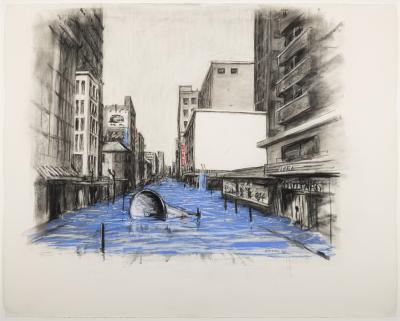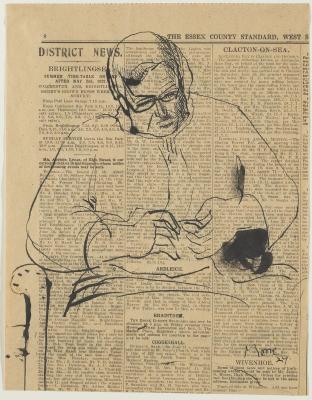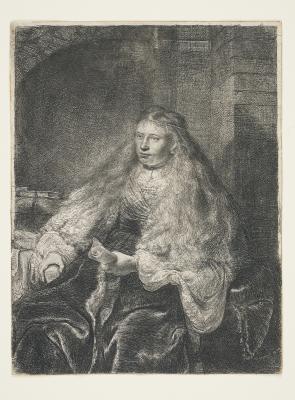
Flora Danica
We’re spotlighting nine hand-coloured engravings from the botanical publication, Flora Danica.

Jens Wilken Hornemann. Peucedanum oreoselinum (L.) Moench, Flora Danica Tab. MDCCL, 1823. Copperplate engraving with watercolour on paper, Framed: 40.6 × 61 cm. Gift of Dr. Jane Phillips, 2019. © Art Gallery of Ontario 2019/2299
For this RBC Art Pick, we’ve selected this group of hand-coloured prints from the Flora Danica, the world’s largest illustrated botanical text. These works are a delightful collection of small, delicate botanical prints documenting the plants of Denmark and its neighbouring countries.
Each print represents different points of Flora Danica’s publication history, which spanned 122 years, from 1761 to 1883, and involved 11 editors and numerous painters, engravers, printers and distributors. A practical guide on local plant life in Denmark, the book was financially supported by the Danish Crown.
Showing off the widespread practice of producing flora in the nineteenth century, Flora Danica is part of a long history of illustrated botanical studies. At its inception, Western Europe was particularly interested in the visual and scientific documentation of plants, shaped by the spirit of the Enlightenment – a philosophical movement driven by the pursuit of rational knowledge. This interest drew from people and the governments to botanical books.
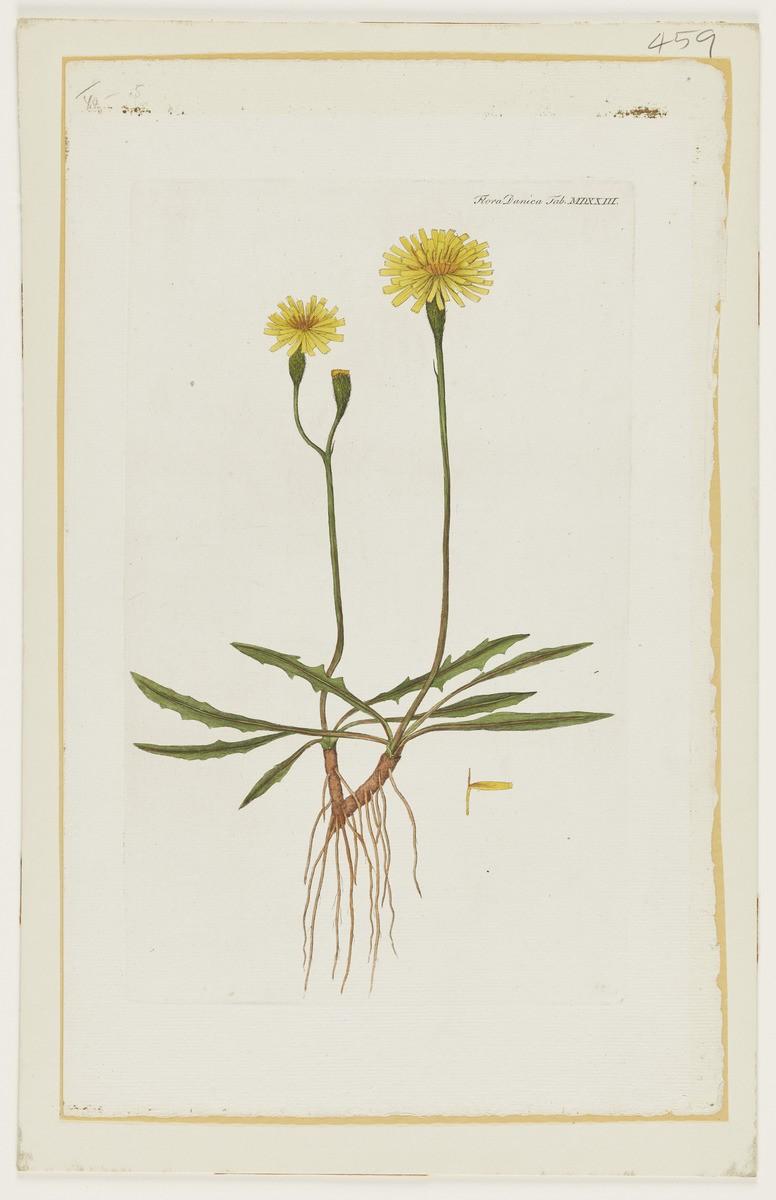
Jens Wilken Hornemann. Leontodon autumnalis L. var. taraxaci (Sm.)?, Flora Danica Tab. MDXXIII, 1816. Copperplate engraving with watercolour on paper, Framed: 39.8 × 57.2cm. Gift of Dr. Jane Phillips, 2019. © Art Gallery of Ontario 2019/2298
Putting Flora Danica together was not an easy feat. It was a very ambitious project and involved a complex process from start to finish. During its run, many Danish citizens came together to work on the project. In 1752, Danish monarch Frederick V hired Georg Oeder, the first botanist-editor of the series, to produce a publication that would record and classify all the plants in his kingdom. Another goal was also to spread botanical knowledge on the uses of the plants. Oeder sourced first-hand knowledge of fungi, flowers and botanical plants from local experts in agriculture, gardening and forestry. To create the book, Oeder and his team travelled extensively within Danish territories to gather plants. An artist would draw the plants onsite and an engraver would produce a copperplate based on the drawing. The plate was then printed, bound with other prints and sold in two ways – as either a luxury hand-coloured book or a less-expensive black-and-white copy. At that time, hand-colouring a botanical illustration was a time-consuming and expensive process. To lower costs, women and children, who were paid much less than men, were primary colourists.
In total, Oeder’s team documented 660 plants in 10 years (20 per cent of the final book). By the time Flora Danica concluded in 1883, the book boasted an impressive 3,240 copper engravings.
Want to find out more about what we can learn from looking at prints of plants? Previously featured in our Close Looking series, Alexa Greist, Curator and R. Fraser Elliott Chair, Prints & Drawings, explores Flora Danica, its inception, influences and background story.
